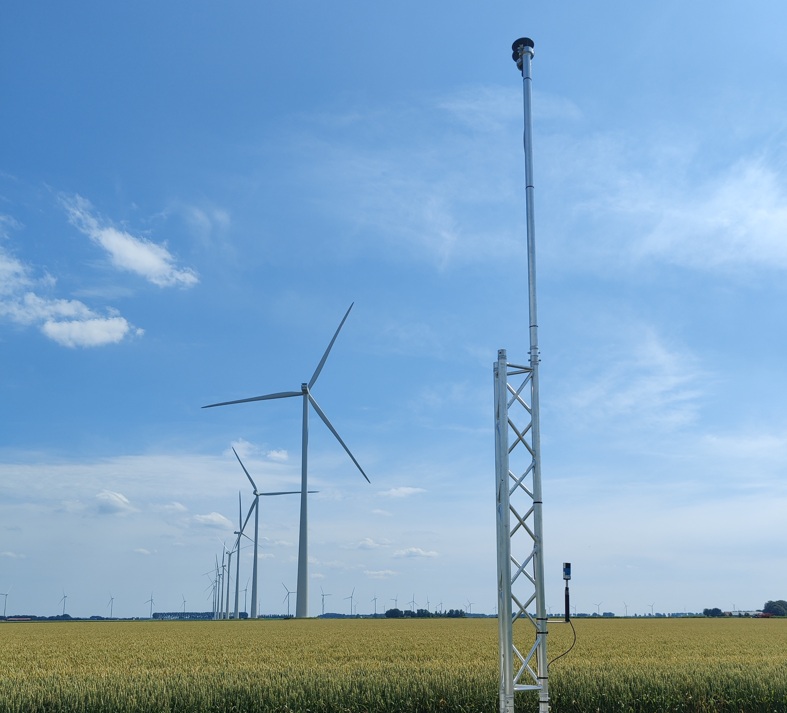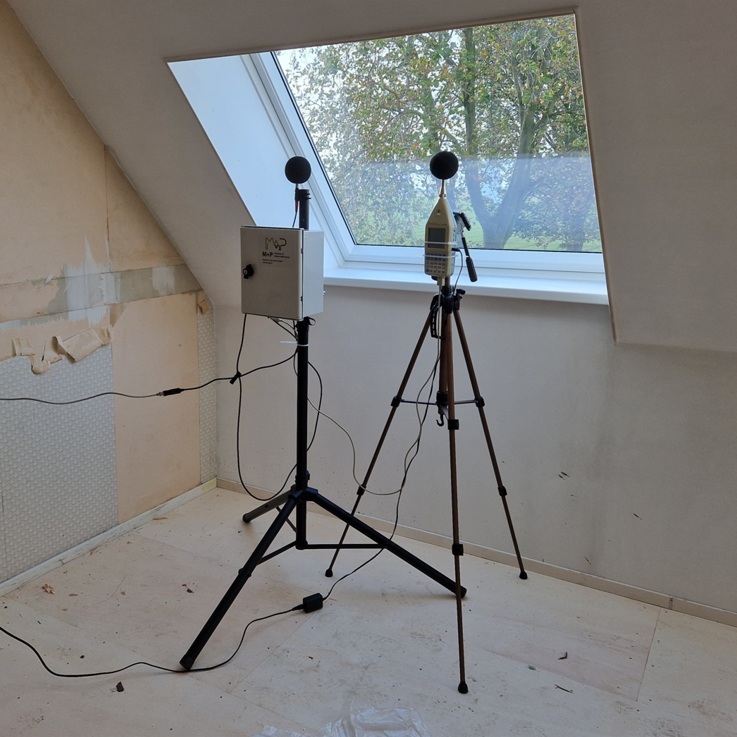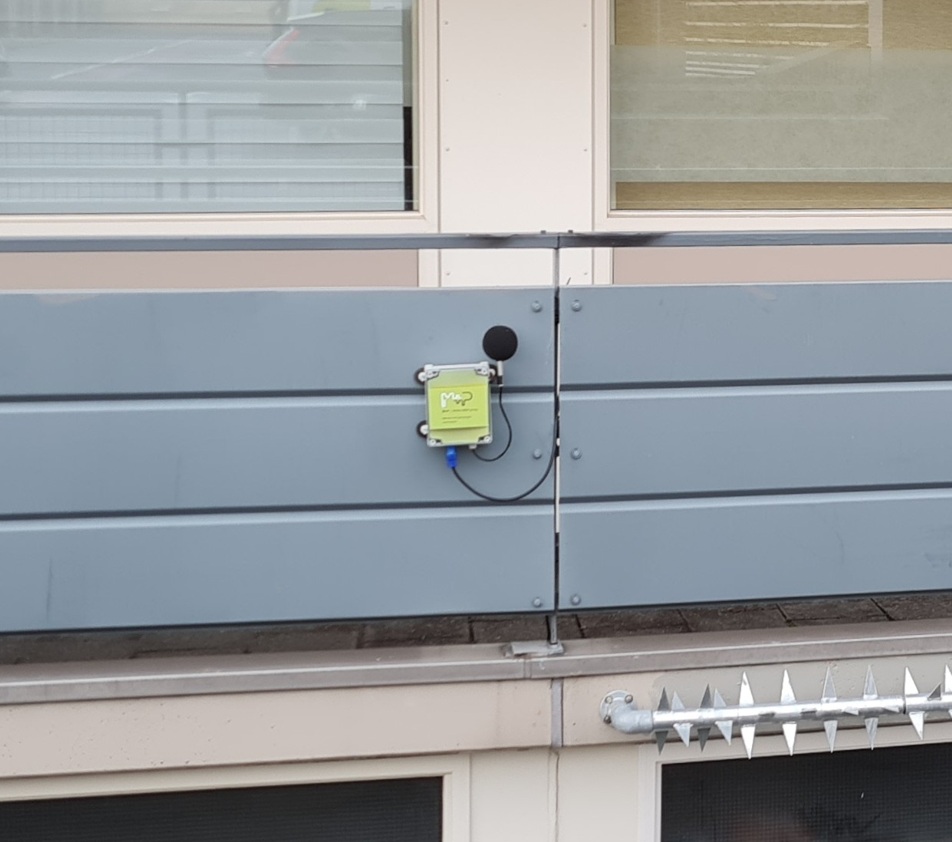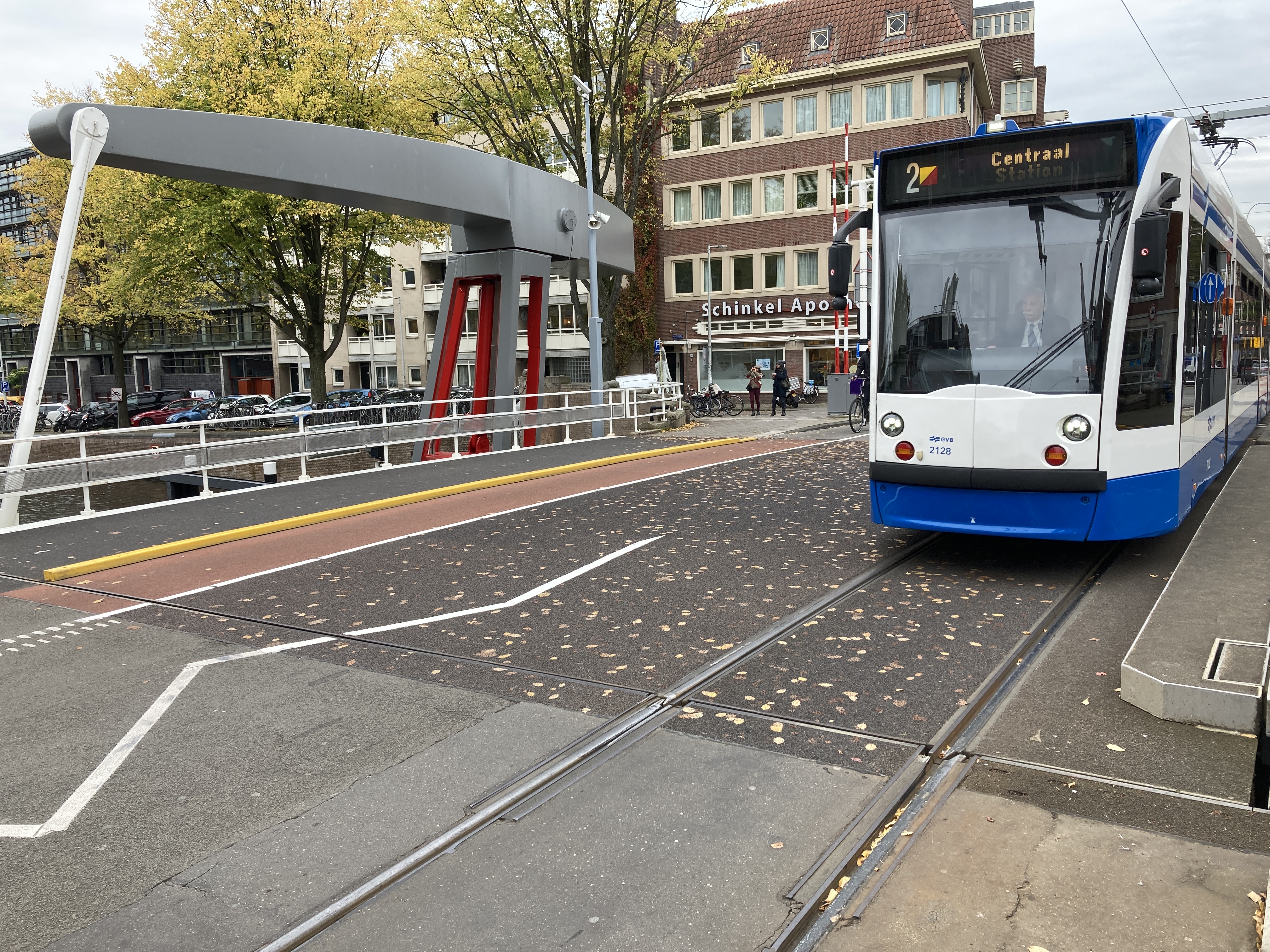Monitoring
Through monitoring, insight can be gained into noise and vibration levels. This allows the levels to be precisely determined and validated, threshold values to be monitored and information to become available for studies, measures and policies. This is not always possible with manual measurements.

Validation and measurements at reference points
To validate calculations or assumptions and for enforcement purposes, it is necessary to conduct long-term measurements at reference points. Monitoring can be used, among other things, to assess annual average values (Lden). For this type of measurement, it is important that the results are legally defensible. Our measurements comply with the applicable requirements of measurement and calculation regulations and standards. Results are presented in real-time on a secure website. Relevant application areas include GPP monitoring, enforcement, or validation of predicted noise.

Control of limit values
To validate calculations or assumptions and for enforcement purposes, it is necessary to conduct long-term measurements at reference points. Monitoring can be used, among other things, to assess annual average values (Lden). For this type of measurement, it is important that the results are legally defensible. Our measurements comply with the applicable requirements of measurement and calculation regulations and standards. Results are presented in real-time on a secure website. Relevant application areas include noise production ceiling monitoring, enforcement, or validation of predicted noise.
- Monitoring noise or vibrations in industrial settings
- Adjusting noise levels at events and hospitality venues
- Monitoring noise or vibrations during construction or demolition activities
Monitoring noise at work locations (Occupational Health & Safety)

Investigating and objectifying nuisance
Fot complaints about nuisance at unpredictable times, it is useful to carry out long-term measurements. In these cases, it is important that nuisance reports from residents are linked to the measurement data. This allows further investigation into the relationship between the experienced nuisance and the (nature of the) noise. An additional advantage of our systems si that they can be deployed in hard-to-reach locations, such as bridges, ports or apartment buildings. Where necessary, our systems can be equipped with an independent power supply.





